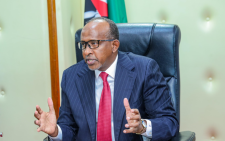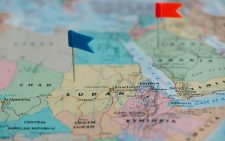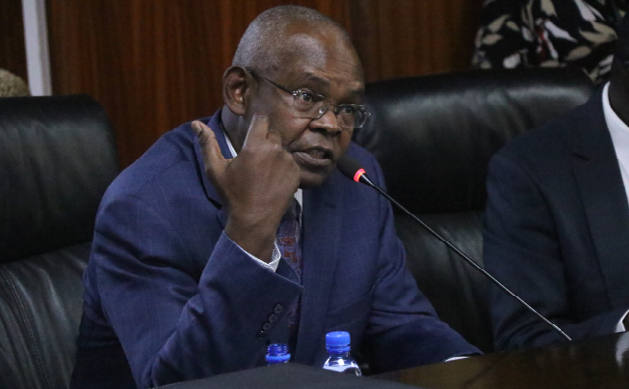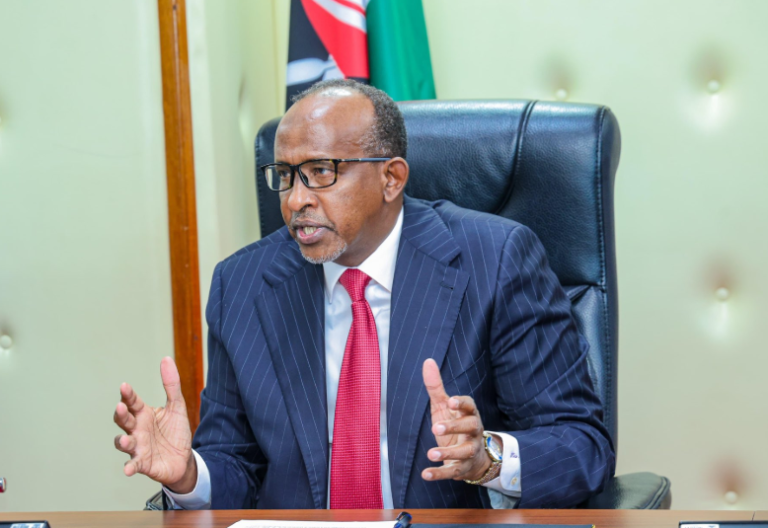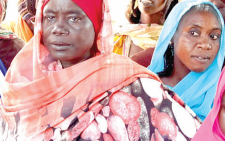Families feeling pinch of taking children to school

The average Kenyan parent spends about Sh68,701 annually on a school–going child, according to a new survey which details the heavy burden majority of families are currently facing amid rising cost of living and economic uncertainty.
Projections by global digital remittances firm, WorldRemit, show that the typical cost of education for most households in the country in comparison to other global markets, is 1054.31 per cent.
This means an average family in Kenya is spending more than 10 times of their monthly household income towards schooling their children. In other words, a middle-class family in a city like Nairobi or Mombasa, for instance, spends about Sh221,904.23 for an average household size of 3.23.
Parents, according to the survey, pay such monies in form of stationery, school uniforms, P.E or gym skits and other extra items like caps, jackets, countertop and food-warming utensils for their learners.
What’s worse, the survey which also sampled the situation in neighbouring countries like Uganda, Rwanda and Tanzania, predicts that many families around the world should expect to spend up to 40 per cent of their monthly income on back-to-school supplies this year, owing to rising inflation concerns.
“To showcase how much a family will pay for back-to-school supplies in 2023, we have calculated the average cost of school supplies per student and multiplied it by the fertility rate for 2023,” notes the report released this week.
It adds that: “In many countries, the average price tag on back-to-school items such as pencils, sharpeners, notebooks, coloring pencils and polo shirts have gone up.” Indeed, across countries where people have higher monthly incomes like the United Kingdom, Canada and Australia, for instance, saw nominal decreases in the percentage of income they can expect to allocate, while France and Spain saw notable increases.
In France, families can expect to allocate 5 per cent of their monthly budget this year, while in Spain, they can expect to allocate 7 per cent more than last year on basic school supplies, according to the report.
In other parts of the world, cost changes were far more drastic, where yearly changes averaged an increase of 78 per cent. One in nine people worldwide rely on money sent from friends and relatives who have migrated abroad for work.
For families whose incomes simply cannot accommodate the cost of these fundamental supplies, remittances make a world of difference in their ability to afford these supplies, as well as steep costs like tuition, transportation and childcare.
Kenya National Bureau of Statistics (KNBS) figures show that inflation edged down to 7.9 per cent in June, following May’s 8.0 per cent, with last month’s figure representing the weakest inflation rate since May 2022, but was slightly above market expectations.
The result was driven by moderating price pressures for housing and utilities and transportation.
Other studies like the 2017 study from Florida State University estimated the unit-cost of education for both public and private schools in Nairobi, Kenya, noting that household income in the areas studied was near the national average.
It found that, on average, private schools cost parents $80 per student per year or Sh11,376 six years ago with the current exchange rate. About $54 or Sh7,678.8 went to tuition, while the rest was spent on food and other fees.
On the other hand, public schools in Kenya cost at the time $46 or Sh6, 541.2 per student per year on average, accounting for public funding and “hidden” fees.
